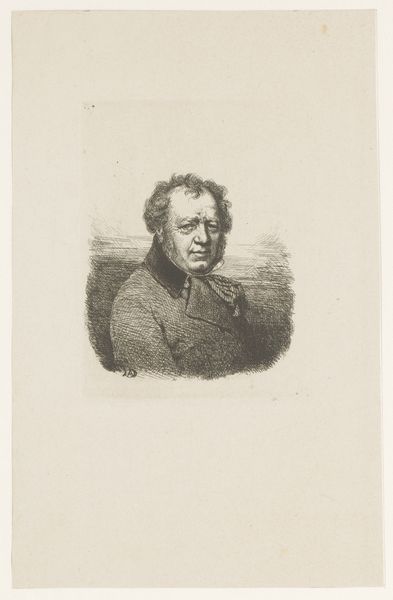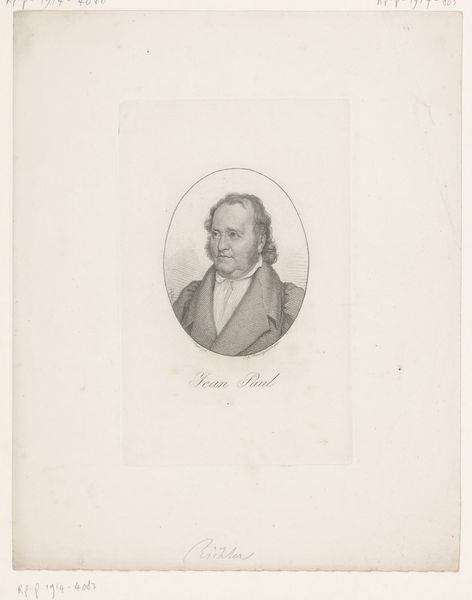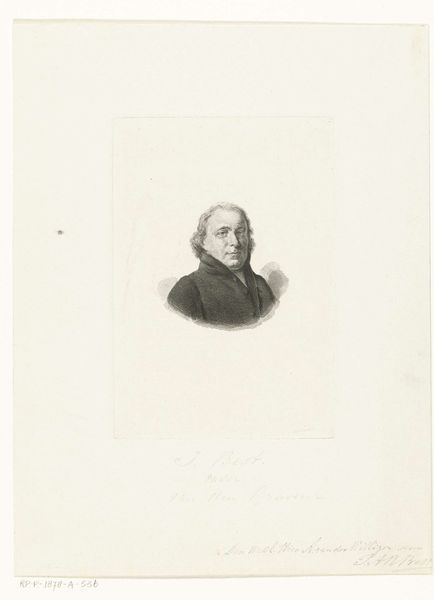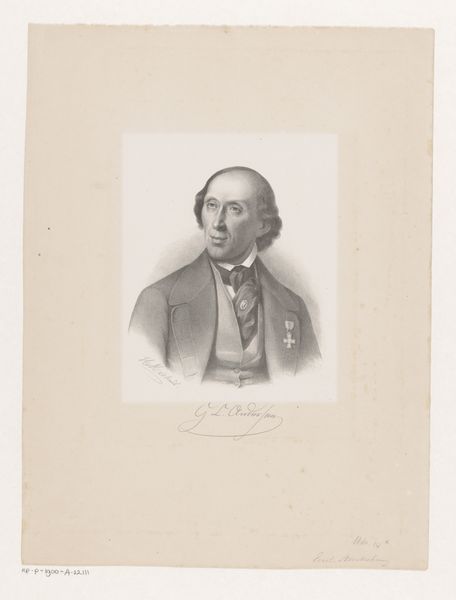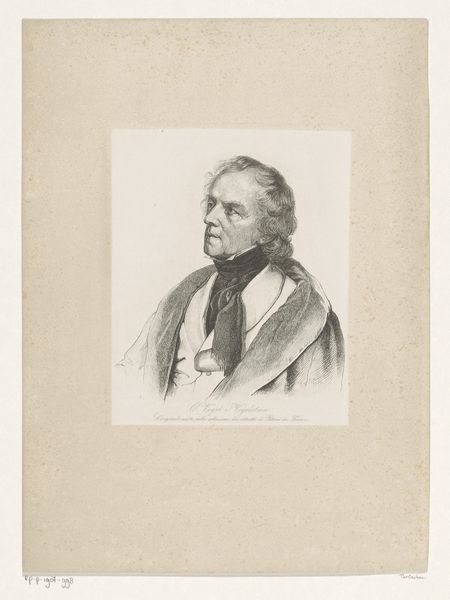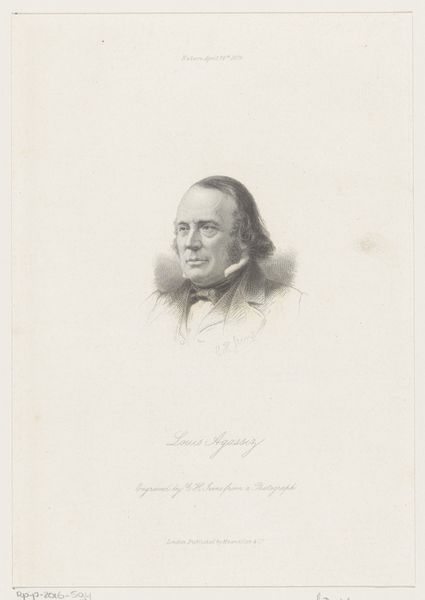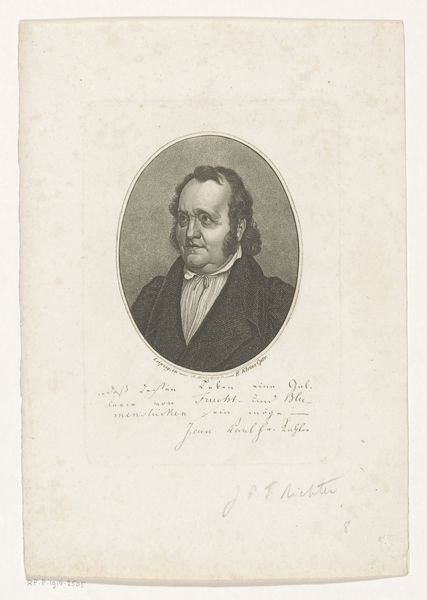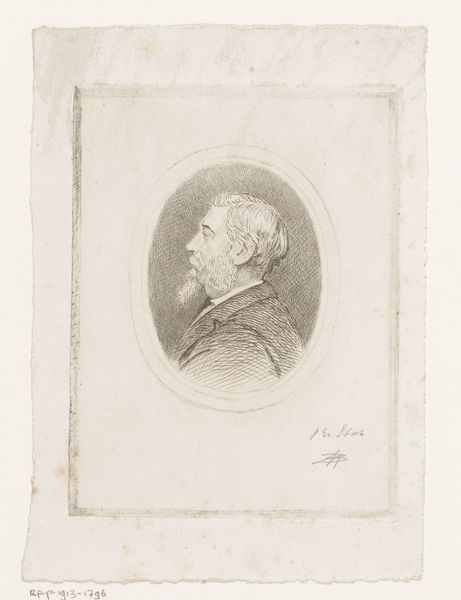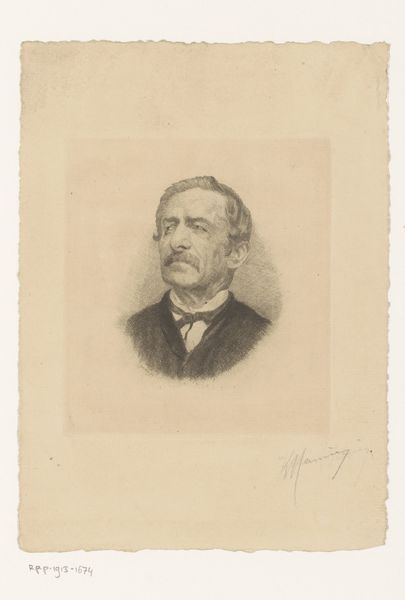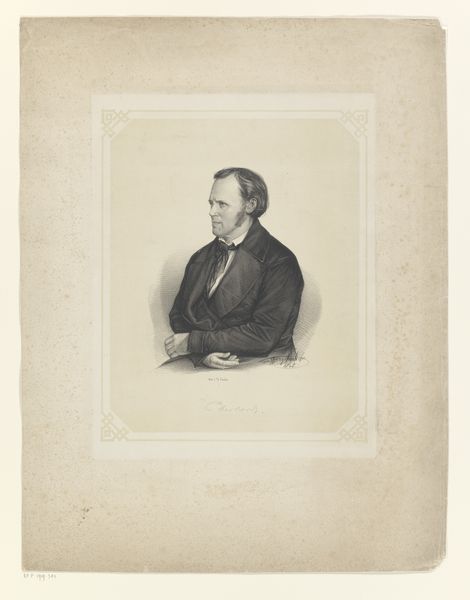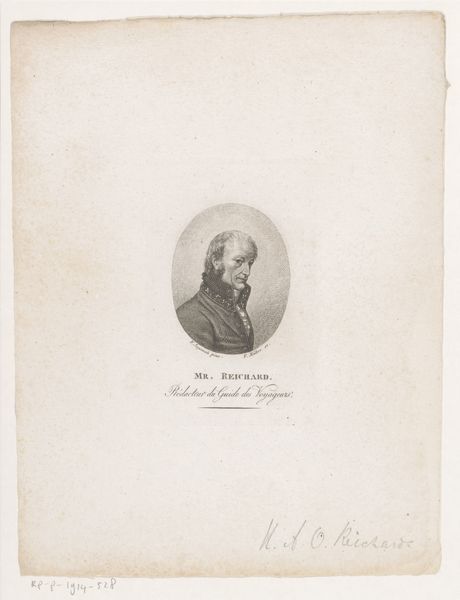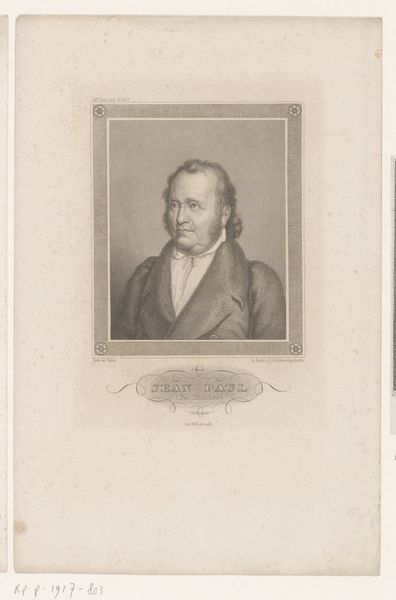
drawing, pencil
#
portrait
#
drawing
#
charcoal drawing
#
pencil drawing
#
pencil
#
portrait drawing
#
academic-art
#
realism
Dimensions: height 145 mm, width 108 mm
Copyright: Rijks Museum: Open Domain
Editor: This is Auguste Danse's "Portrait of Alberdingk Thijm," created in 1891 using pencil and charcoal. I'm really drawn to the subtle gradations of tone she achieves, especially considering the limitations of the medium. How might we read this work through its materiality and making? Curator: Let’s consider the economic context first. Pencil and charcoal, readily available materials, suggest a specific economy of artistic production. This wasn't an oil painting commissioned by a wealthy patron, but a drawing, likely made with the materials to hand. How does this inform our understanding of academic art, often associated with prestigious displays of wealth and skill? Editor: So, it challenges that assumption, suggesting a potential for accessibility within academic portraiture? Do you see this reflected in the subject? Curator: Absolutely. While depicting a figure of intellectual standing, Alberdingk Thijm, the *method* resists elevated status. Danse’s careful rendering can be examined closely. Was this portrait made in her studio or elsewhere? Who funded the process, if anyone? Was this a paid job, or perhaps for an academic or research environment, more aligned with use-value? How the work might have been created is just as fascinating as *who* it depicts. Editor: I hadn't considered how much the 'how' of creation could influence our interpretation. So it becomes about investigating the conditions of production to reveal social dynamics? Curator: Exactly. Consider the role of drawing in the 19th century. Was it simply a preliminary sketch for a more ‘important’ work, or a valued object in its own right? This hierarchy reflects how society valued labor and different forms of artistic practice. Also note, “Portrait of Alberdingk Thijm” does show attention to his social identity and background through clothing. Editor: This gives me a fresh perspective, to look past the subject and focus on the conditions and materials. I appreciate how you connected the social and economic context to Danse’s work. Curator: Likewise. Material analysis allows us to challenge assumptions and unearth complex relationships.
Comments
No comments
Be the first to comment and join the conversation on the ultimate creative platform.
